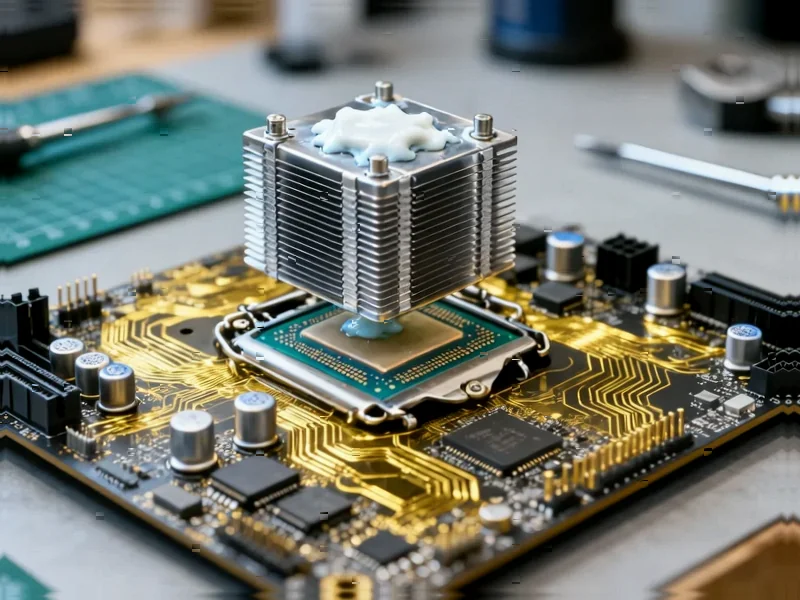According to Guru3D.com, AMD has officially confirmed that its upcoming Medusa and Venice processors will feature Zen 6 architecture, ending months of speculation. The revelation came directly from AMD Fellow Raj Kapoor and AMI’s Boot Firmware VP during the 2025 OCP Global Summit, providing concrete details about both server and consumer roadmaps. Venice represents AMD’s next-generation EPYC server processors built on TSMC’s 2 nm process, scheduled for 2026 release alongside AMD’s openSIL framework debut. For consumers, the Zen 6-based Ryzen series carries the Medusa codename, with Medusa Ridge for desktops maintaining AM5 socket compatibility and Medusa Point for laptops, targeting CES 2027 launches with openSIL support arriving in first-half 2027. This confirmation provides the clearest picture yet of AMD’s architectural strategy through the next product cycle.
The Server Market’s Coming Transformation
AMD’s Venice EPYC processors represent more than just another architectural iteration—they signal a fundamental shift in how enterprise computing will evolve. The combination of Zen 6 architecture with TSMC’s 2 nm process creates a perfect storm for data center transformation. What’s particularly telling is the timing: 2026 aligns perfectly with when most enterprise customers will be refreshing their post-pandemic infrastructure investments. The server processor landscape has been relatively stable with incremental improvements, but Venice’s arrival could trigger the most significant performance-per-watt leap we’ve seen since the original EPYC disrupted the market.
Consumer Compatibility as Strategic Weapon
AMD’s decision to maintain AM5 socket compatibility for Medusa Ridge desktop processors reveals a sophisticated long-term strategy that directly counters Intel’s historical platform churn. This isn’t just about customer convenience—it’s a calculated move to build platform loyalty and reduce total cost of ownership in ways that resonate with both individual enthusiasts and enterprise deployment teams. The extended platform lifespan creates a virtuous cycle where motherboard manufacturers can invest more heavily in premium features, knowing their products will support multiple processor generations. This approach could fundamentally alter how consumers evaluate upgrade paths and system longevity.
The Open Source Firmware Revolution
Perhaps the most underappreciated aspect of this announcement is AMD’s commitment to openSIL framework deployment across both server and consumer segments. This represents a quiet revolution in how silicon initialization and firmware will operate across the computing industry. Traditional proprietary firmware has been a source of security vulnerabilities, compatibility issues, and vendor lock-in for decades. By embracing open-source alternatives, AMD isn’t just improving efficiency—they’re creating an ecosystem where security researchers, enterprise IT teams, and hardware partners can collaboratively strengthen the entire computing stack. The timeline for openSIL implementation suggests AMD views this as a strategic differentiator rather than just a technical improvement.
Impending Competitive Landscape Reshuffle
The confirmation of Zen 6 timing creates immediate pressure across the semiconductor industry. Intel’s response will need to account not just for architectural improvements but for AMD’s cohesive platform strategy encompassing process technology, socket longevity, and open firmware initiatives. More importantly, this announcement signals that AMD’s execution cadence remains aggressive despite market headwinds. The 2026-2027 timeline gives enterprise customers clear visibility for planning multi-year data center strategies, potentially accelerating decisions that might have waited for more clarity. We’re likely seeing the beginning of a new phase in the processor wars where platform ecosystem advantages become as important as raw performance metrics.




